
NOVEMBER 3–9, 2024
Sleep First. Drive Alert.®
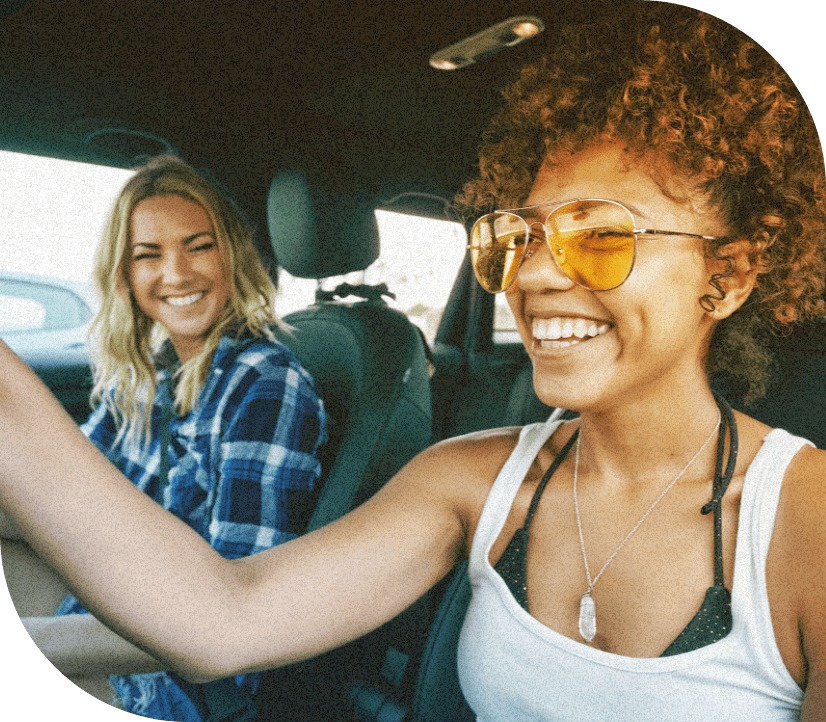


The National Sleep Foundation’s Drowsy Driving Prevention Week® encourages everyone to prioritize sleep and drive when they are alert and refreshed. Our goal is to help people get the sleep they need and reduce the number of drivers who choose to drive while sleep-deprived.
Together, we can help people drive alert and work to prevent thousands of motor vehicle crashes each year.
DROWSY DRIVING PREVENTION WEEK 2024
Fall-asleep crashes are often caused by not getting the sleep you need

Drowsy driving is more likely to cause a crash.
Just like drunk, drugged, and distracted driving, drowsy driving is a real public health issue, causing thousands of car crashes each year and killing an estimated 6,400 people in the U.S. alone according to the AAA Foundation for Traffic Safety. The National Highway Traffic Safety Administration reports an estimated 100,000 crashes each year are caused primarily by drowsy driving, resulting in more than 71,000 injuries and $12.5 million in damages.

Drowsy driving is really risky.
When you drive without adequate sleep, your motor skills are seriously impaired. In fact, we’ll go as far as saying that drivers who’ve only slept 3 to 5 hours in the last 24 hours are unfit to drive. Most people understand it’s risky, but they don’t think about the consequences.

Drowsy driving is dangerously common.
Young drivers (aged 16-25 years) and shift workers are at greatest risk of falling asleep behind the wheel, but most drivers can relate to a time when they have nodded off while driving. Importantly, drowsy driving is preventable.
Get the sleep you need to be alert and refreshed when you drive
Being your Best Slept Self® is important so you can get the sleep you need before you get behind the wheel. Fortunately, there are steps you can take to improve your sleep health.
Read the steps to get better sleep (PDF)The 2024 Drowsy Driving Survey Results Are In
Drowsy driving is impaired driving. Most of us aren’t thinking about drowsy driving like drunk driving. Did you know sleeping only 3-4 hours is like having a few drinks? If you haven’t gotten enough sleep to drive alert, it isn’t safe to be behind the wheel. Changing plans is a responsible choice. Let’s wake up to the risks of drowsy driving, because the decisions we make matter.
What’s your plan to prevent drowsy driving?
KEY SURVEY RESULTS
It’s OK to Change Plans when Sleep Deprived
- Only half of adults are likely to delay or change plans to avoid driving without enough sleep
- Over 8 in 10 adults are likely to delay or change plans to avoid driving after a few drinks
Not driving is a safer choice when you’re tired or haven’t had enough of the sleep you need. NSF recommends most adults get between 7-9 hours of sleep a night.
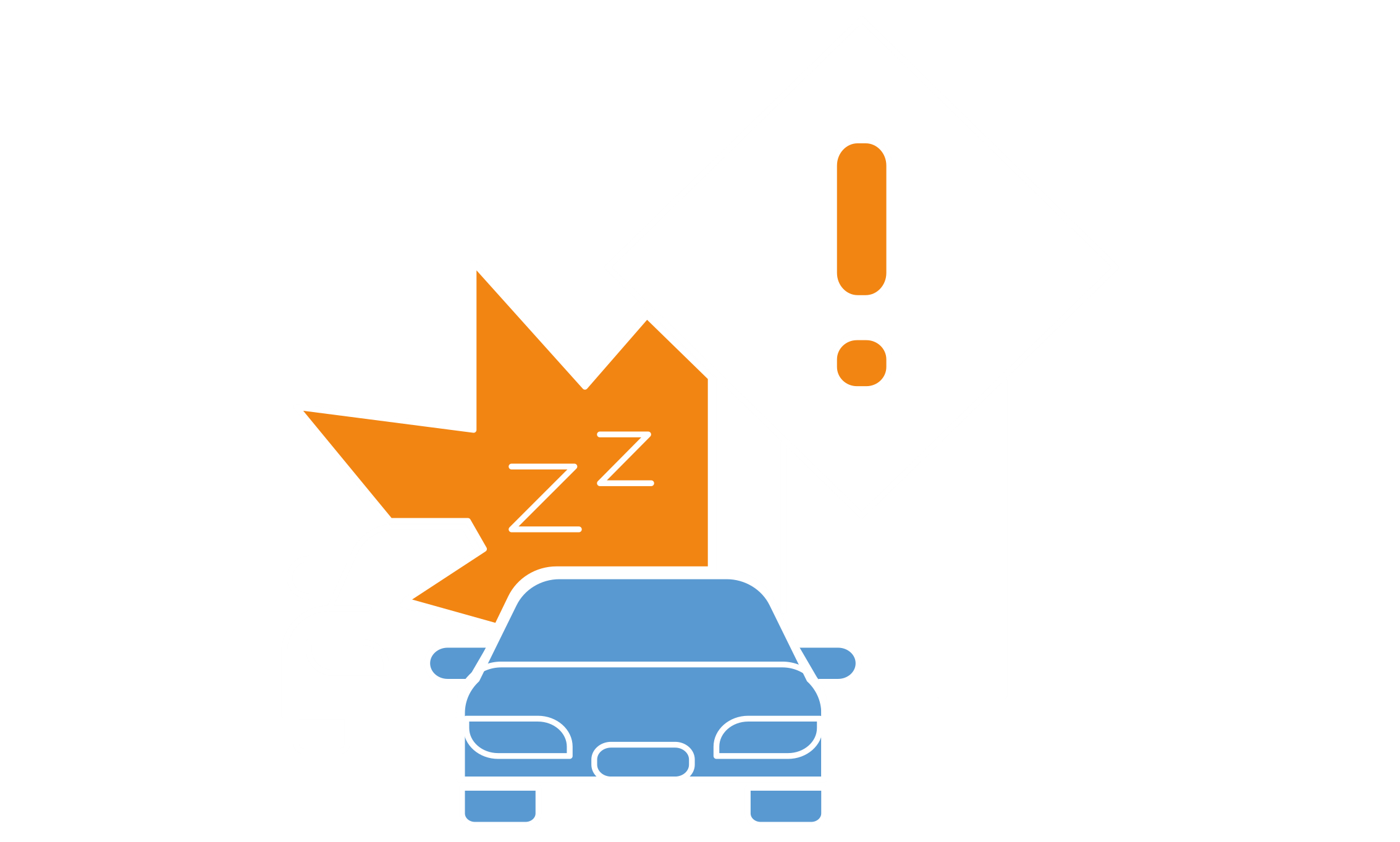
Choose Options When at Risk for a Crash
- Only 4 in 10 adults are likely to find alternatives to driving when they haven’t gotten enough sleep
- Nearly 7 in 10 adults are likely to find alternatives to driving after a few drinks
There are services for rideshares and taxis, or make a call to friends or family.
Knowing Limits is Responsible
- Just 50% of adults are likely to avoid driving when they haven’t had the sleep they need
- Almost 90% of adults are likely to avoid driving when they’ve had a few drinks
Being awake and alert in the driver’s seat is as important as not being under the influence.

Drowsy Driving is Impaired Driving: Speak Up
- More people have urged someone not to drive because drinking than for being too sleepy or tired
Have a plan to prevent any form of impaired driving. The best way to avoid drowsy driving is to
Sleep First. Drive Alert.®
Drowsy driving affects everyone on the road. Download and share the survey infographic with your friends and family.
Drowsy driving is dangerously common—but it is preventable.
You can download our full Drowsy Driving Survey Report below to learn more about the results and how to help prevent drowsy driving.
SLEEP HEALTH TOPICS
Discover more drowsy driving resources.
Read on to learn more about how you can be safer behind the wheel by putting #SleepFirst.

Sleep First to Prevent Drowsy Driving.
Drowsy driving is dangerous, but preventable. Learn some things you can do before getting behind the wheel.

Signs and Symptoms of Drowsy Driving
Before getting into the car with someone or driving yourself, review our tips for preventing Drowsy Driving. Learn the 8 drowsy driving warning signs.

Wait. Drowsy Driving is like Drunk Driving?
When people drive after sleeping four hours or less, it’s like driving drunk. Learn why teenagers are more susceptible to drowsy driving.

Sleep Health and Safety: Navigating the Road to Alert Driving
Understand how technological advancements can enhance two of the most critical aspects of our lives: healthy sleep and safe driving.

Staying Alert on the Road After Work
If you work early mornings, late nights, or alternating shifts, you have a higher chance of drowsy driving. When you’re sleep-deprived, your motor functions and reaction time are impaired, which can raise your chances of getting into a crash.

Are You at Risk for Drowsy Driving?
While any driver can be at risk of drowsy driving, some groups of drivers are at greater risk for drowsy-driving crashes.
NSF is proud to recognize our Drowsy Driving Prevention Week sponsors and collaborators who are demonstrating their commitment to sleep health and road safety.
Sponsors




Campaign Collaborators



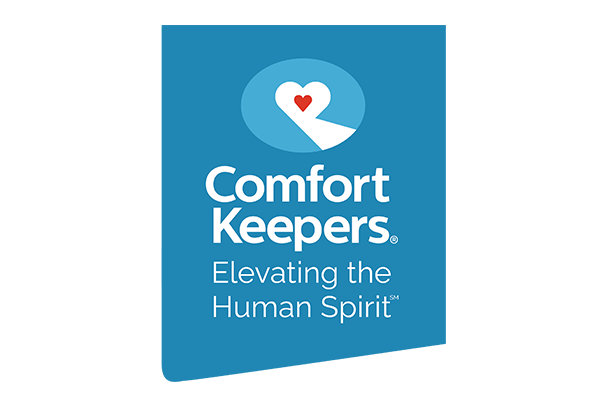

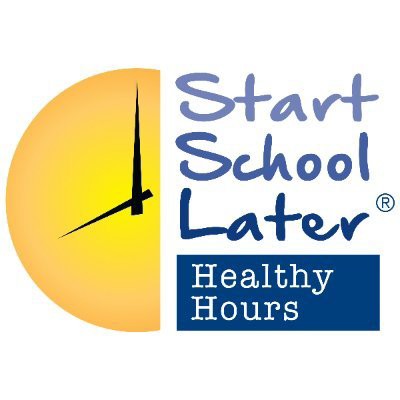





Drowsy Driving Prevention Toolkit
Webform for users to access the participation toolkitFOLLOW US FOR MORE
Join the conversation about sleep health and drowsy driving.
Follow us on social media to learn more about how to be your Best Slept Self® and how you can prevent drowsy driving.





